

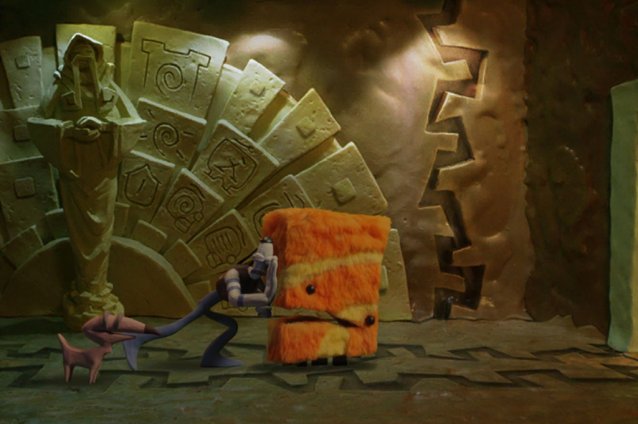
Armikrog is an alien word for “tragedy.”
Or at least it should be, following the long-anticipated release of the game of that name, a spiritual successor to the delightfully weird and under-appreciated Claymation-style game of the 1990s, The Neverhood Chronicles. Crowdfunded to the tune of $974,578 USD, Armikrog was meant to be a glorious return to form for Doug TenNapel (creator of Earthworm Jim and others) and Pencil Test Studios.
On an artistic level, it certainly is. Armikrog is gorgeous – just as in The Neverhood Chronicles, each scene and character is lovingly crafted out of modeling clay and brought to life through the painstaking process of stop-motion animation. The designs are delightfully whimsical and bear the literal fingerprints of their creators across the game.
You play as Tommynaut, a kind of abstract Buck Rogers character who crashes with his dog-like companion Beak Beak on an alien planet during the Saturday-morning-cartoon-style opening song. Tommynaut and Beak Beak are immediately set upon by a ferocious monster and flee to a nearby building. It’s a wonderful sequence that’s masterfully directed, animated, and acted by Michael J. Nelson (of Mystery Science Theater 3000 fame) as Tommynaut and Rob Paulsen (who voiced Yakko and other characters in Animaniacs) as Beak Beak.
You take over once you’re inside, and the action proceeds in simplified point-and-click adventure form. There is no user interface; everything is controlled by clicks of the mouse. You’ll move through several different towers as you proceed, solving puzzles and deciphering the alien language. You can switch between Tommynaut and Beak Beak by clicking on either character.
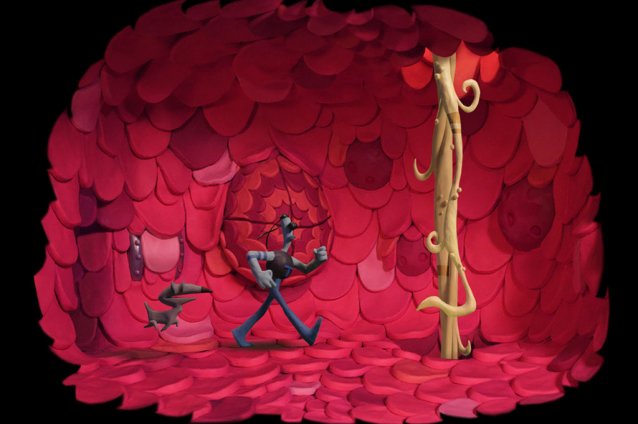
The first odd design decision you’re likely to notice is the absence of any inventory management. Tommynaut picks items up and stuffs them into his chest cavity, then uses them when you click the appropriate place in the world. At first this seems to sidestep the often-frustrating “try X on Y” adventure game trope, but you don’t get a chance to see what you’ve collected, which leads to irritating guesswork later on.
It won’t necessarily, though, because even after a series of release delays, Armikrog is riddled with bugs. Sometimes Tommynaut will magically have an item you’ve never collected, for instance. Or sometimes you’ll leave a scene with an unfinished puzzle, only to return to find that it’s been solved while you were away. Some items infinitely respawn. Beak Beak can get stuck on invisible barriers at certain points in the game, and a trippy visual effect that’s applied to the screen while you’re controlling him is also applied to the game menu, making it completely unreadable. Since launch, the developers have pushed out a patch that fixes some localization and OSX issues, but many of the gameplay glitches remain.
But even should these get fixed, Armikrog is still a bit of a mess. Puzzles tend to be trivially easy to complete, and the game seems to realize this and compensates for it by making you spend far too much time traversing back and forth across the fortress. A couple puzzles are reused three times each in the game, so after figuring them out once you’ll simply have to repeat the process later on.
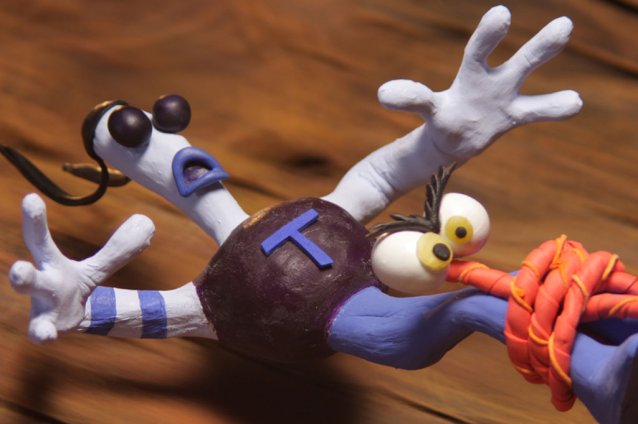
Where the puzzles aren’t simply easy, they’ll punish you for neglecting to write down some alien glyph earlier in the game. Completely by accident, I stumbled upon a character who you need to talk to in order to move forward. Clicking on them as Beak Beak triggers a cutscene and gives you an artifact you need to plug into a machine (this set of steps is also used repeatedly). The speech is in alien gibberish, but you’ll need to watch closely for a particular symbol during each of these conversations, or you’ll need to go back and watch them all again in order to solve the game’s final puzzle. There’s no quick-travel option, so that requires laborious transit all the way back to the beginning of the game. Doing this only serves to heighten the feeling that Armikrog is padded out – it’s hard not to notice several screens that contain nothing other than a single groove for your rail-car to travel along, for instance, especially when you have to cross them multiple times.
Further, while Armikrog was always meant to be a spiritual successor to Neverhood, there are elements of the game that feel derivative rather than inspired. Tommynaut looks awfully similar to Klaymen, for example, and there are room layouts that are carbon copies from the 1996 title. It’s also unfortunate that the voice cast is only given a few paltry lines of dialogue – after the opening sequence, you hear precious little from either Tommynaut or Beak Beak, neither of whom comment on much of anything in the weird world they’ve found themselves in.
It’s abundantly clear that lots of work has gone into Armikrog, but it’s equally obvious that not enough was spent on the part of it that’s a video game. From start to finish I spent about four hours playing it, and although there are evidently secrets to find in the game, I can’t imagine I’ll be going back to it now that I’m done. The music and visuals are completely charming, but the game mechanics are broken and the puzzle designs are lackluster.
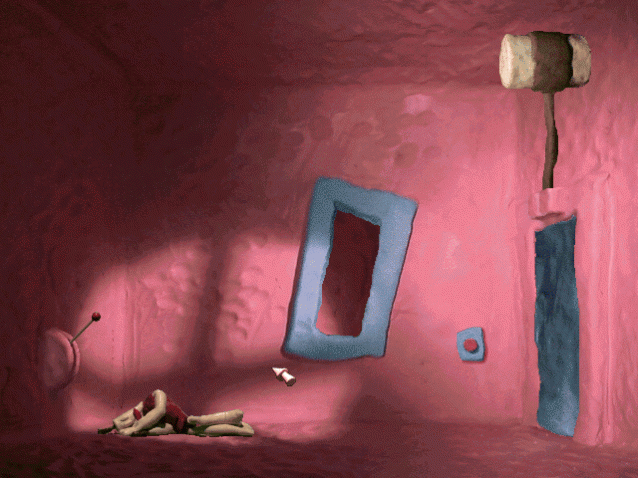
So I think of Armikrog as a tragic point-and-click adventure. It’s sad because of what it might have been, and because it might have lent itself to further episodes set in Tommynaut’s delightfully retro universe. But given the state of the game before us, I can’t imagine we’ll be visiting it again any time soon.
Armikrog was developed by Pencil Test Studios and published by Versus Evil. It was released September 30 for PC, Mac OS, and Linux for an MSRP of $24.99. A review copy of the game was provided by the publisher.
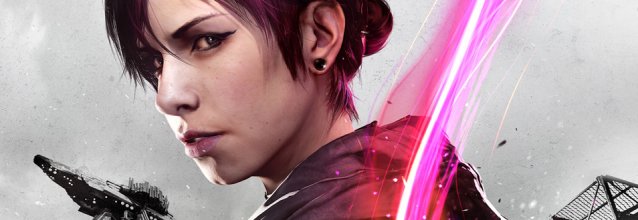



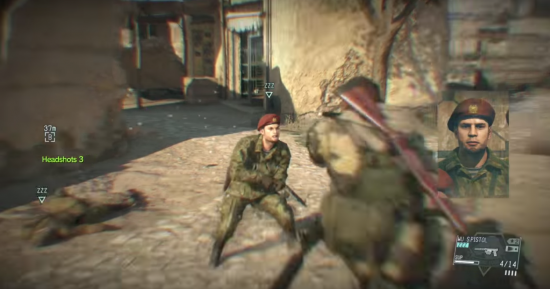 Metal Gear Solid V: TPP Guide - How to Beat the 'Red Brass' Mission
Metal Gear Solid V: TPP Guide - How to Beat the 'Red Brass' Mission How Instagram Filters Work, And Can You Tell The Difference?
How Instagram Filters Work, And Can You Tell The Difference?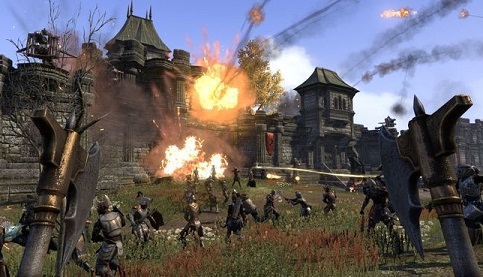 ESOTU (PS4/Xbox One) Racial Bonuses and Factions
ESOTU (PS4/Xbox One) Racial Bonuses and Factions Dragon Ball XenoVerse How to: Yamcha Mentor Quest Guide
Dragon Ball XenoVerse How to: Yamcha Mentor Quest Guide How to Stop Lag/Shutter in GTA 5 for lower-end PCs
How to Stop Lag/Shutter in GTA 5 for lower-end PCs